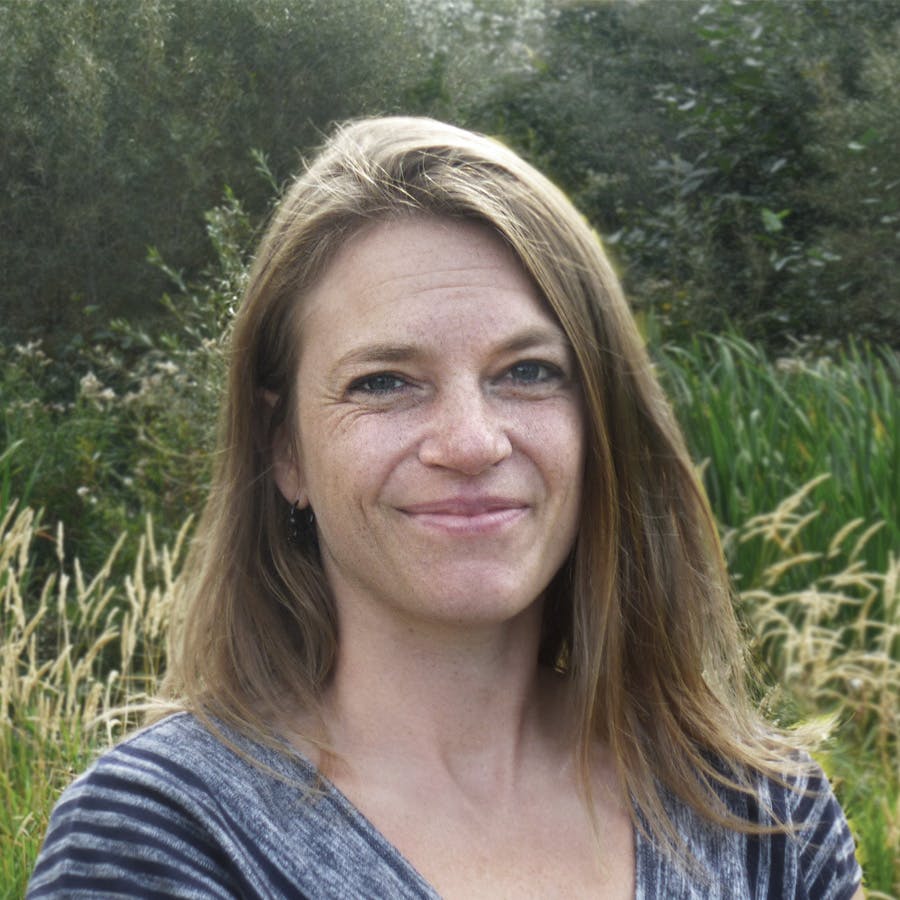Regional Strategy for Rainwater Management

WHAT IS RAINWATER MANAGEMENT? It's the management of precipitation and associated strategies to protect the health of watersheds and maintain a predevelopment water balance. Synonymous with 'Stormwater Management'. Focused on managing all rain events, not just storms; looks at managing on a watershed scale, for cumulative effects.
WHY IS IT IMPORTANT?
- To maintain groundwater recharge
- To mitigate flooding
- To protect water quality
- To enhance climate resilience
WHERE DOES THE REGIONAL STRATEGY COME IN?
The objective of the Regional Strategy for Rainwater Management is to provide a collaborative framework to coordinate actions across jurisdictions to effectively use rain as a resource, promote the maintenance of natural hydrologic function and protect the quality of water. This is a regulatory commitment for the RDN, under the Liquid Waste Management Plan. The RDN's Drinking Water and Watershed Protection(External link) program provides the implementation mechanism for strategy and other rainwater related commitments.
WHAT IS THE STATUS OF THE PROJECT?
The final strategy is now complete, endorsed by the RDN Board, and posted in the Documents section of this page.
Moving forward, the Regional Strategy for Rainwater Management will be collaboratively implemented with member municipalities, Provincial agencies, Islands Trust and community partners.
Stay tuned for updates on this page.
Thank you to everyone who provided their input during the public engagement stage of the project!







